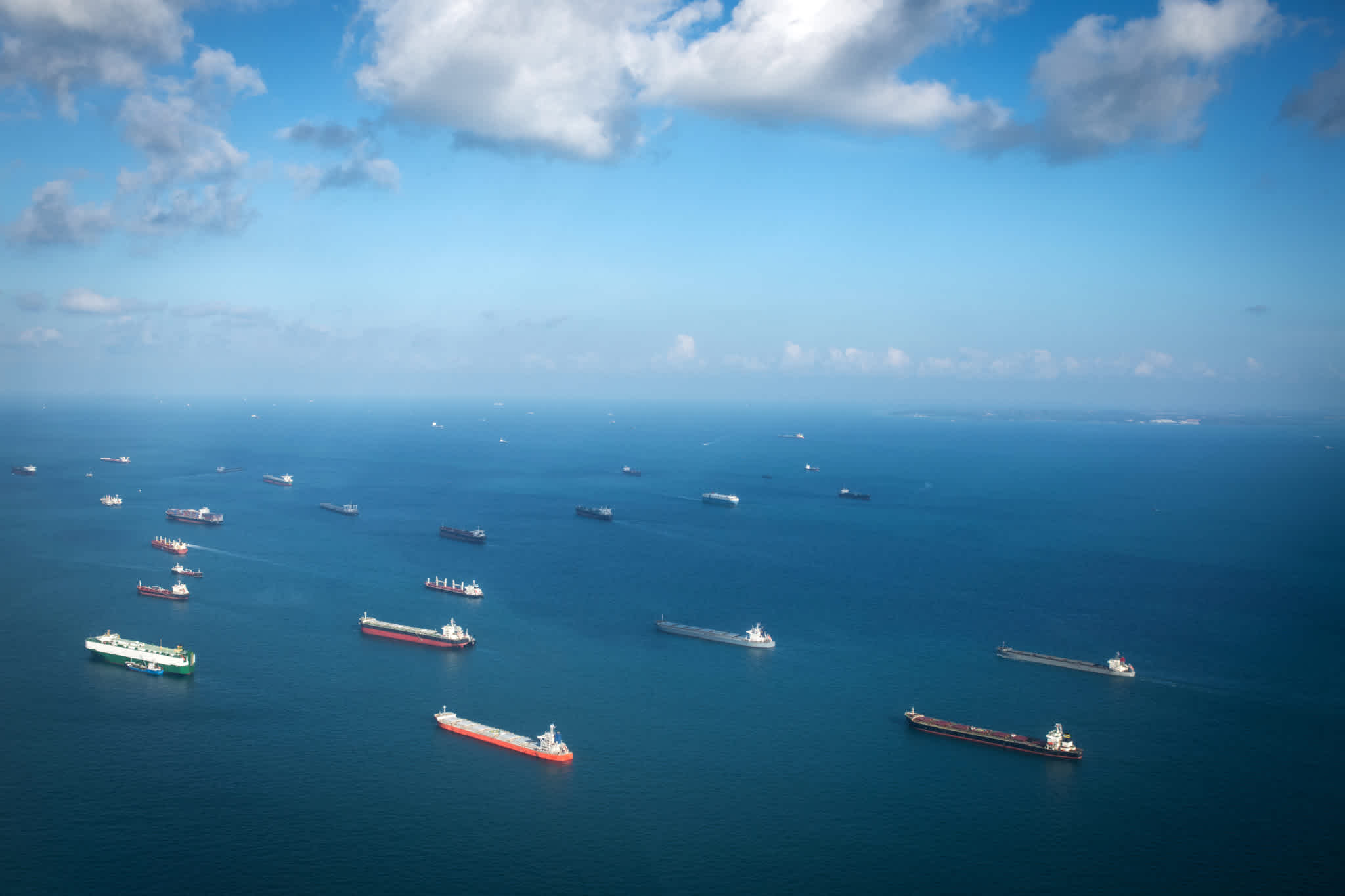
31.07.2018
Why Peak Season is Coming Early This Year: Our Analysis
Why Peak Season is Coming Early This Year: Our Analysis
U.S. import volumes are seasonal, and ocean freight peak season normally hits around mid-August and lasts through October, as shipment volumes increase ahead of the holiday retail season. Due to the ongoing trade war, high demand, and service cuts, rates are likely to increase even higher. Below, we dig into some of the reasons why.
Capacity Cuts & Service Changes
Carriers are removing transpacific capacity to combat the excess supply and low rates.
Three Canada and U.S. West Coast services, representing over 6% of West Coast capacity, have recently implemented or announced cuts:
- 2M Alliance (Maersk Line and Mediterranean Shipping Co.) suspended TP1/New Eagle at the end of June. According to BlueWater Reporting, six vessels averaging 4,624 TEU operate on the loop. The loop serviced Kaohsiung, Yantian, Xiamen, Shanghai, Busan, Vancouver (Canada), Seattle, Yokohama.
- The Alliance (Hapag-Lloyd, Ocean Network Express and Yang Ming) dropped PS8 in July. The Alliance said the cut was “in response of schedule integrity improvement, extensive product enhancement and better cost efficiency.” This loop serviced Xingang, Qingdao, Shanghai, Pusan, Prince Rupert, Los Angeles & Tacoma.
- Ocean Alliance (COSCO, CMA, APL, OOCL, and Evergreen) will remove PSW4 (operated by Cosco) at the end of August. The service is being cut in light of the increasing trade tensions in the ongoing China-US trade war. This service covers Lianyungang, Shanghai, Ningbo, Long Beach & Seattle.
East Coast services are also changing, resulting in a 1.3% capacity reduction:
- ZIM and 2M announced a new strategic cooperation on the USEC trade, effective September 2018. As part of the agreement, 2M will get access to Zim’s flagship Zim Container Pacific (ZCP) and rebrand it as a new TP10/Amberjack.
- 2M Alliance will remove current TP10/Amberjack in September and replace it with a new TP-11/ Elephant service that will be run with larger ships of about 6,500 TEU, with Zim taking slots on this new service and branding it as the Zim New Frontier (ZNF). Laem Chabang gains additional direct call to USEC.
- ZIM will cease to operate Zim Seven Star Express (Z7S), and in exchange will get access to the 2M-operated USEC services. Dachan Bay loses the only direct call to East Coast, Wilmington loses the only direct call from South East Asia, Cai Mep loses one service to the East Coast.
Why are so many carriers reducing supply going into the busiest season of the year? A number of factors, including rising fuel costs and an oversupply of ocean capacity, have led to the cuts.
Tariff Deadlines
President Trump’s decision to impose a 10% tariff on an additional $200 billion worth of Chinese-made consumer goods has prompted many changes:
- From moving more product in advance of peak season to testing alternate production avenues, shippers are looking to reduce costs and make up lost revenue in this uncertain period. Ideally, moving up shipping schedules will give them some time to assess new costs and respond strategically.
- Carriers must react to the changing shipping landscape that’s been fueled by the trade war. While shippers temporarily increase demand in response to potential tariffs, carriers must answer those shifts in the market with reactionary measures.
- As shippers and carriers respond to existing and expected changes to customs laws, consumers will see the effects in the prices at their local supermarkets and consumer goods stores. Their shopping behavior will certainly change, and so too will the behavior of shippers and carriers.
It’s clear that the trade war has led to many disruptions that impact shippers and carriers, but the full impact is yet to be known.
Slow Q1 & Q2
An oversupply of capacity, low rates, and the rising cost of fuel are just three of the contributing factors to the financially slow first half of the year. To combat the rising cost of fuel, a number of carriers have implemented emergency bunker fuel surcharges, but that is only helping to solve part of the problem.
Carriers including Maersk, CMA CGM, and Hapag-Lloyd posted heavy losses in Q1 and Q2 of this year. Also, bunker fuel costs are up 53% year-over-year. To make up lost revenue, many are looking to peak season. From price changes to capacity adjustments, carriers are becoming more strategic and proactive as we start the second half of the year.
Typhoons
Multiple weather disruptions have led to delays, cancellations, and rate increases. Typhoon Ampil hit China a week ago, causing delays at Shanghai, Ningbo, and Qingdao terminals. Some vessels left the port before they finished loading containers to avoid the storm, causing significant delays as cargo rolled to another sailing.
This comes just days after China was hit by Typhoon Maria, a storm that displaced hundreds of thousands of people and temporarily stopped shipping operations in affected areas.
Cosco Cyber Attack
Last week, Cosco was the victim of a ransomware cyber attack that affected its North American operations. Although all communication channels have been restored, the breach caused the carrier to shut down connections with other regions. Customers were unable to book shipments for a few days, resulting in services sailing light, artificial reductions in capacity, and additional pressure on an already tight market.
This follows a cyber attack targeting Maersk in June 2017, which cost the company up to $300 million in revenue. Attacks of this nature can deeply affect operations at even the biggest carriers, ultimately affecting shippers.
While any of the above reasons on its own might lead to minor, temporary rate increases, the combination of all of these factors has had a much more significant impact. Peak season has started early, and we expect this year to be unlike any other. We’ll be in constant contact with our clients as changes occur, and we’ll continue to cover weekly changes in our Ocean and Air Freight Market Updates.





